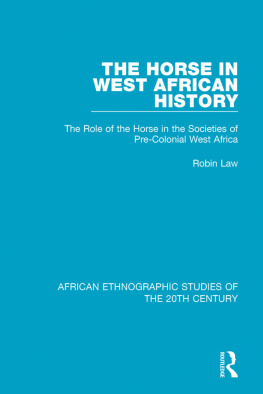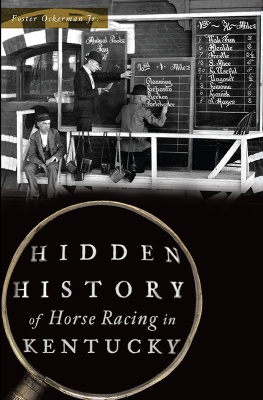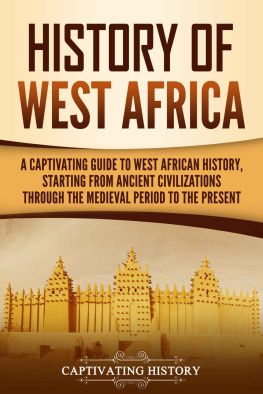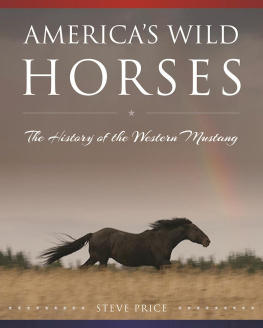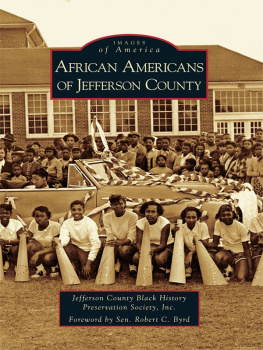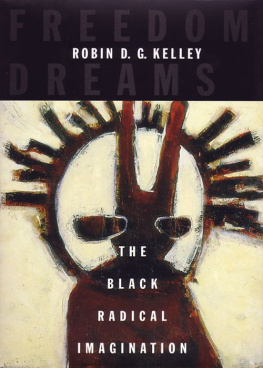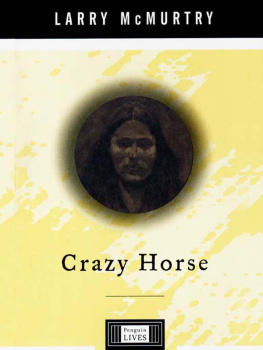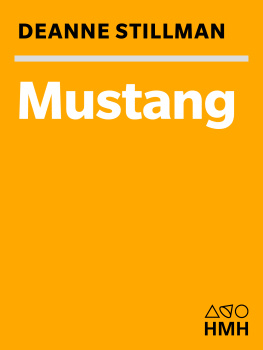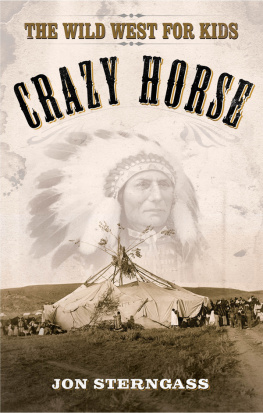First published in 1980 by Oxford University Press for the International African Institute.
This edition first published in 2018
by Routledge
2 Park Square, Milton Park, Abingdon, Oxon OX14 4RN
and by Routledge
711 Third Avenue, New York, NY 10017
Routledge is an imprint of the Taylor & Francis Group, an informa business
1980 International African Institute
All rights reserved. No part of this book may be reprinted or reproduced or utilised in any form or by any electronic, mechanical, or other means, now known or hereafter invented, including photocopying and recording, or in any information storage or retrieval system, without permission in writing from the publishers.
Trademark notice: Product or corporate names may be trademarks or registered trademarks, and are used only for identification and explanation without intent to infringe.
British Library Cataloguing in Publication Data
A catalogue record for this book is available from the British Library
ISBN: 978-0-8153-8713-8 (Set)
ISBN: 978-0-429-48813-9 (Set) (ebk)
ISBN: 978-1-138-59176-9 (Volume 42) (hbk)
ISBN: 978-0-429-49032-3 (Volume 42) (ebk)
Publishers Note
The publisher has gone to great lengths to ensure the quality of this reprint but points out that some imperfections in the original copies may be apparent.
Disclaimer
The publisher has made every effort to trace copyright holders and would welcome correspondence from those they have been unable to trace.
THE HORSE
IN WEST AFRICAN
HISTORY
The role of the horse in the societies of pre-colonial West Africa
ROBIN LAW
Published for the International African Institute
by
Oxford University Press
1980
To
Robert Smith
CONTENTS
Oxford University Press, Walton Street, Oxford OX 2 6 DP
OXFORD LONDON GLASGOW
NEW YORK TORONTO MELBOURNE WELLINGTON
KUALA LUMPUR SINGAPORE JAKARTA HONG KONG TOKYO
DELHI BOMBAY CALCUTTA MADRAS KARACHI
NAIROBI DAR ES SALAAM CAPE TOWN
International African Institute
38 King Street, London WC2E 8JR
International African Institute 1980
All rights reserved. No part of this publication may be reproduced, stored in a retrieval system, or transmitted, in any form or by any means, electronic, mechanical, photocopying, recording or otherwise, without the prior permission of the International African Institute.
British Library Cataloguing in Publication Data
Law, Robin
The horse in West African history
1. EthnologyAfrica, West
2. HorsesAfrica, WestHistory
I. Title II. International African Institute 301.51 GN652.5
ISBN 0-19-724206-5
ISBN 0 19 724206 5
Printed by The Garden City Press Limited,
Pixmore Avenue, Letchworth, Hertfordshire SG6 1JS
PREFACE TO THE 2018 RE-ISSUE
This republication of The Horse in West African History affords an opportunity to consider how far its arguments have been sustained, modified or refuted by subsequent research and analysis. I attempted such an assessment in an essay fifteen years after the original publication (Law 1995), but can now take account of additional material published during the following 22 years.
The book advanced various hypotheses about the history of the introduction of the horse and its role in West African societies, but two in particular have attracted attention from other scholars. First, I argued for a major revolution in the techniques of West African warfare in the 13th14th centuries, associated with the introduction of larger breeds of horses, initially imported (mainly through the trans-Saharan trade, but also by Portuguese maritime trade), but subsequently also bred locally, and with the adoption of new equestrian equipment (saddles, stirrups, bitted bridles, and defensive armour). This facilitated the adoption of new cavalry tactics (shock combat at close quarters, as distinct from missile weapons employed at a distance) which, it was suggested, for the first time made cavalry the dominant arm in the warfare of Sudanic West Africa (see especially pp. 11927). Second, I argued following earlier studies that the trade in horses, including trade within West Africa as well as the trans-Saharan and trans-Atlantic import trades, was often closely linked to trading in slaves, with horses not only purchased with slaves, but also employed in warfare which generated captives who could be sold as slaves. Trade and war thus fed upon each other in a self-sustaining process, a slavehorse cycle, comparable to the slavegun cycle which has been posited in the trans-Atlantic slave trade (see especially pp. 6264).
These arguments were registered in general surveys of West African warfare subsequently published, whether positively (Smith 1989; Reid 2012), or with implicit scepticism (Thornton 1999). A study of African arms and armour, however, although including a chapter on West African cavalry, offered an essentially synchronic description of warfare as practised in the 19th century, rather than a historical analysis, and did not engage with these issues (Spring 1993). There have also been studies of the political economy of warfare in particular cavalry-using states, in the middle Niger valley (Roberts 1987) and Bagirmi (Reyna 1991), which, in their stress on the interrelations among the trade in horses, raiding for slaves, and the appropriation of revenue in tribute and plunder, seem to reinforce rather than challenge the general thrust of the idea of a slavehorse cycle.
However, little detailed research specifically on the horse has been published since 1980. The most substantial contribution was a volume on Horsemen of Africa, comprising a series of lectures delivered at the Centro Studi Archeologia Africana at Milan during 1994 (Pezzoli 1995). These included my own essay mentioned above, but most of the other contributions dealt with artistic representations of horses and horse-riders, and relate only tangentially to the primary concerns of my book. An exception, however, was a piece on harness, which is relevant to (and supportive of) the thesis of a revolution in cavalry techniques in the 13th14th centuries (Garenne-Marot 1995).
More directly relevant to this issue are two articles relating to Senegambia, by Ivana Elbl (1991) and James Webb (1993), both of which proposed revisions of my analysis, which had used Senegambia as an illustrative case. Elbl adduced evidence for the use of horses in warfare prior to the date of the imputed revolution. As a criticism of my analysis, however, this is arguably misconceived, since it was not denied that horses were employed in warfare in earlier times the argument was rather that the introduction of new breeds of horses, forms of equipment and military tactics transformed the role of cavalry, and increased its military importance. Elbls own account, in fact, acknowledges that there was a marked increase both in the number of horses kept and their importance in warfare in Senegambia during the 16th century, but does not explicitly consider whether this was related to innovations in equipment and tactics. Webb, in contrast, explicitly endorsed the concept of a cavalry revolution, linked to the introduction of larger horses and new equipment. Both Elbl and Webb, however, did show that the original interpretation of this revolution in Senegambia requires modification. In particular, earlier writers, including myself, exaggerated the significance of imports of horses by the Portuguese, which were simply not sufficiently great in volume to have had a decisive impact, and underestimated the continuing importance of trans-Saharan imports. There remains some ambiguity in this matter, however, since much of evidence cited for the continued importation of horses into Senegambia from the north relates to animals bred in the south-western Sahara, rather than imported across the desert from northern Africa. Strictly, therefore, this was trade within the West African region, rather than importation from outside it, and reflected the local establishment of larger breeds of horses, which was an explicit element in the original formulation of the revolution.


